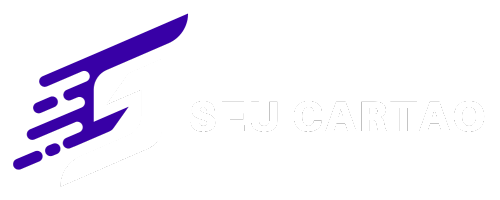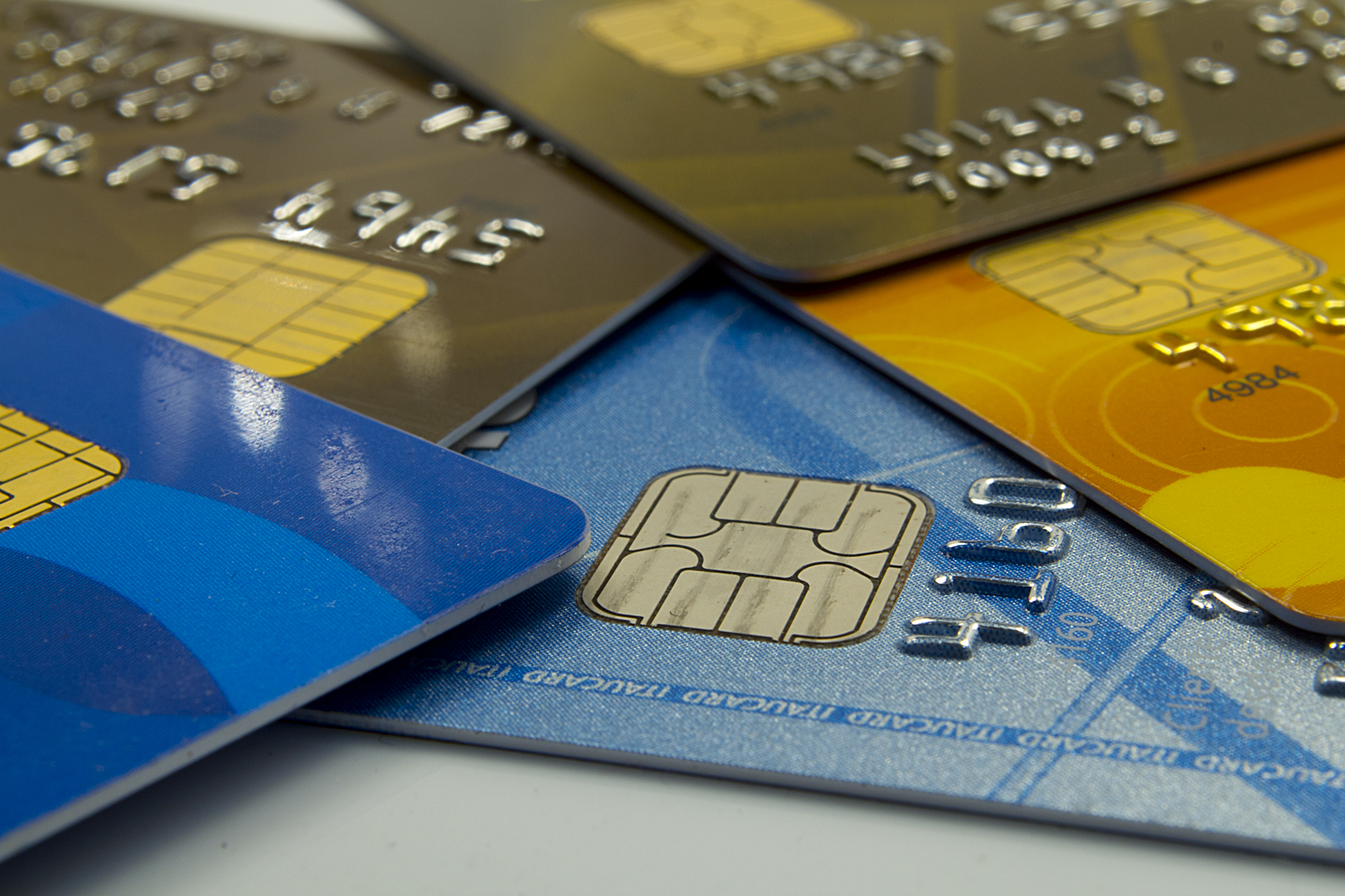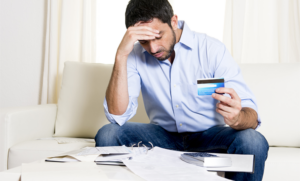Credit cards offer flexibility and convenience, but they can also become a major financial burden if not managed properly. One of the biggest dangers is the revolving balance, a common debt trap that many cardholders fall into. Understanding what the revolving balance is, how it works, and how to avoid it can help you maintain financial health and prevent unnecessary interest charges.
What Is a Credit Card Revolving Balance?
A revolving balance occurs when you do not pay your full credit card statement balance by the due date. Instead, you pay only part of it (often the minimum payment), leaving the remaining amount to “roll over” to the next billing cycle. This remaining balance is then subject to high-interest rates, known as the revolving credit interest. Most credit cards have annual percentage rates (APRs) ranging from 30% to 400% depending on the country, making the revolving balance one of the most expensive types of debt to carry.
When you revolve a balance, interest is charged daily based on the outstanding amount, meaning your debt can grow quickly. Even a small unpaid balance can balloon into a significant financial burden if left unpaid for multiple months.
Why Is the Revolving Balance Dangerous?
The biggest problem with carrying a revolving balance is the compounding interest. Because interest is charged on both the remaining balance and any new purchases, your debt can increase rapidly. This creates a cycle where the more you revolve, the harder it becomes to pay off your card.
Another downside is that using a large portion of your credit limit (known as high credit utilization) can negatively impact your credit score. Lenders view high utilization as a sign of financial distress, which can make it harder to get approved for loans, mortgages, or even additional credit cards in the future.
How to Avoid Falling Into the Revolving Balance Trap
Always Pay the Full Statement Balance
The best way to avoid revolving debt is to pay your credit card balance in full each month before the due date. This ensures you avoid interest charges altogether and only use your credit card as a tool for financial convenience rather than borrowing.
Set a Personal Spending Limit
Even if your credit card has a high limit, set a personal spending cap based on what you can afford to pay in full each month. This prevents you from spending beyond your means and keeps your finances under control.
Automate Your Payments
Setting up automatic payments for the full statement balance ensures you never miss a due date. If you can’t afford to pay the full balance, at least set up an automatic payment higher than the minimum amount to reduce interest accumulation.
Avoid Using Credit for Necessities If You Can’t Pay It Off
Using your credit card for groceries, rent, or utility bills can be dangerous if you don’t have the cash to cover them at the end of the month. If you find yourself relying on credit for basic expenses, it’s a sign that you may need to reassess your budget and spending habits.
Look for Lower Interest Rate Options
If you already have a revolving balance, consider transferring your debt to a lower-interest credit card or a personal loan with a lower APR. Many banks offer balance transfer promotions with 0% interest for a limited time, which can help you pay off your debt faster.
Make Extra Payments Whenever Possible
If you can’t pay the full balance, try to make extra payments throughout the month. Since interest accrues daily, even small additional payments can reduce the total interest you owe.
The revolving balance on a credit card is one of the costliest financial traps consumers can fall into. High interest rates, compounding debt, and negative impacts on credit scores make it essential to avoid revolving credit whenever possible. By practicing disciplined spending, paying the full balance each month, and taking advantage of financial tools like automatic payments and balance transfers, you can use your credit card responsibly without falling into a cycle of debt.






